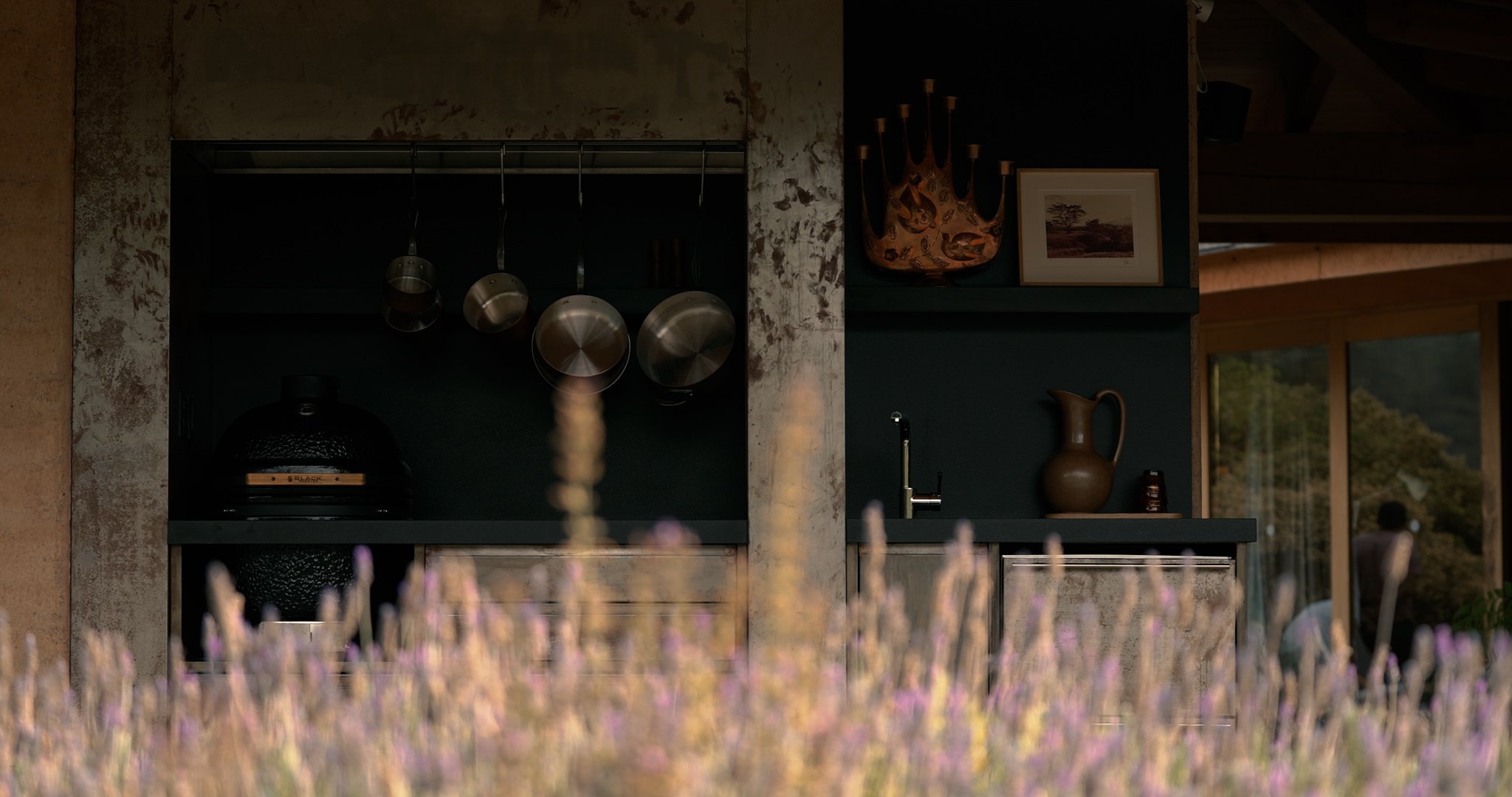Valle de Bravo: Two and a half hours west of Mexico City, Casa O, the rustic, minimalist weekend home of Enrique Olvera—whose acclaimed Mexico City restaurant, Pujol, spawned a small empire of eateries across Mexico, New York, and Los Angeles—sits in an awe-inducing nature reserve named after its dramatic boulders, or peñitas, as locals endearingly call them.
Here, amid emerald forests and mist-covered lakes, a few lucky dozen families have built architecturally notable dwellings in rare communion with Reserva Peñitas’ majestic environment. It happened to be Mother’s Day when I visited the soft-spoken chef’s property, which is dotted with avocado, cherry, and maple trees, and—thanks to a system that captures and recycles rainwater—hydrologically self-sufficient. Spread over various microclimates created by the sloping topography, there are macadamia and peach orchards as well as weeping willows and an impressive maguey plant, while the air is filled with the sounds of frogs and birds.
Accompanied by Maia, the 11-year-old white Labrador he says is the best dog he’s ever had (‘We have a similar personality: We’re both calm and pretend to be obedient’.), we walked around different rooms and corners of the terrain as Olvera—who normally prefers to say as little as possible—opened up about his magical refuge, which he designed with the architecture firm JSa (Javier Sánchez, Aisha Ballesteros, and Benedikt Fahlbusch) between 2020 and 2021.























 close
close


















